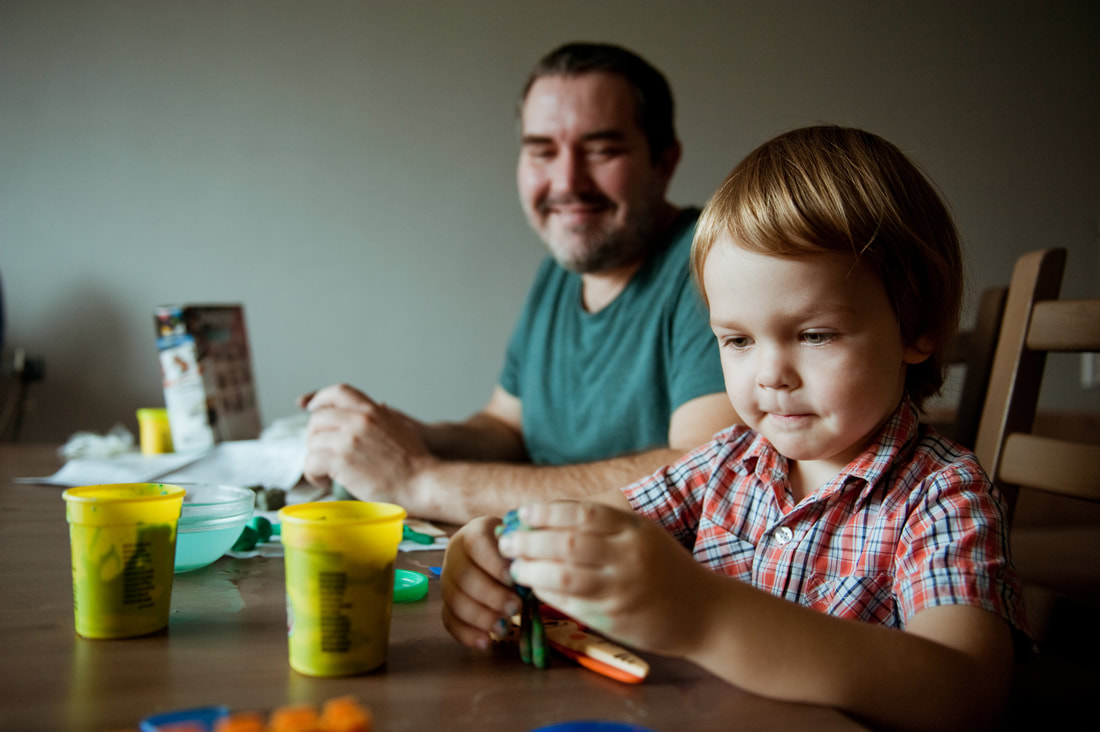When might these occur?Autistic children are most commonly thought of when there is mention of sensory sensitivities or sensory behaviours. One of the criteria that a child with Autism may meet is experiencing hyper (high) or hypo (low) reactivity to sensory input or unusual interests in sensory aspects of the environment. There are also children who may not have a diagnosis who may present with sensitivities to some extent. How do I know what to look for?There are many categories of senses: sight, sound, touch, taste, smell, balance and we can even extend to include proprioceptive and vestibular input. There are two common presentations of sensory sensitivities. Hypersensitivity occurs when sensory input exceeds a person’s ability to cope. This is a low sensory threshold and the child is explained as a sensory avoider. Hyposensitivity occurs when greater than normal levels of input are required for registration. This is a high sensory threshold and the child may be seen as a sensory seeker. Why might a child engage in sensory seeking or sensory avoiding?Whether a child is seeking or avoiding sensory input, there are reasons behind the behaviours we can see. These may include the following, but can include many more:
What can I do to help?As with any behaviour, if we can find out or make a prediction of why it is happening and what function it serves, we have a much better chance of making a successful support plan for the child. But how do you figure this out? Watch your child in various environments and observe their behaviours and reactions or even just ask them. Ask others involved in your child’s care also – it’s important to gather information. Be a detective! Here are some tips that were shared on our blog recently about functions of behaviour – check it out: https://www.hopscotchandharmony.com.au/blog/behaviour-the-importance-of-figuring-out-why. Below are some common examples of behaviours and how you may be able to assist. If a child is seeking sensory enjoyment: Yes, sometimes these behaviours are enjoyable for a child, but are disruptive to the child’s opportunities to socialise or it may be impacting/disrupting their learning or attention. If this is a behaviour that is safe, gently speak to your child (or use pictures) to explain it is not time for this just now; however, they may have some time to engage later. Remember, it’s okay for a child to engage in these behaviours sometimes; they serve a function. You also may like to suggest to a child they engage in these when it is time for them to follow their own ideas/explore their environment or when they take a break. If a child is engaging in a disruptive sensory seeking behaviour: If you believe the behaviour is inappropriate or disruptive, For example, if a child enjoys biting and sucking their school T-shirt, but this is the tenth one you’ve purchased this year! you may like to further explore why are they biting that material in the first place (Boredom? Anxiety? Is it a concentration aid? Does it calm them?). You may then consider providing alternative opportunities that serve the same function. If this really is just for comfort or concentration, they may like to have a more appropriate option (a small piece of similar material available to them that they can use). If this is due to anxiety, we need to look further into teaching effective and appropriate coping skills. Your child needs a proactive strategy. If a child is a sensory avoider, provide appropriate ways for sensory avoiding where possible: Can you help the child to communicate their discomfort in an appropriate way? Or maybe a child can be taught how to minimize the effect the sensory experience has on them. They should always be taught how to cope through a sensory experience as well as being given a way to minimize its effects. The world is an unpredictable place and your child may inevitably experience what they are trying to avoid at some stage. A summary - How do we understand and how do we help?
If you believe your child may benefit from an integrated and individualised plan, contact us and our team will help you with your next step. “It will never rain roses: when we want to have more roses, we must plant more roses”. ― George Eliot (Novelist, poet, journalist, and one of the leading writers of the Victorian era) Comments are closed.
|
Categories
All
|
Hopscotch & HarmonyAt Hopscotch & Harmony Psychology, you can expect compassionate care and evidence-based guidance on your journey to wellness.
With clinics in Werribee and Belmont, as well as providing online counselling to clients who live throughout Australia, our dedicated team of psychologists and dietitians are committed to providing support to children, teenagers and adults. With a focus on understanding your unique needs, we offer tailored solutions to foster growth and resilience. Trust in our experience and dedication as we work together towards your well-being. Welcome to a place where healing begins and possibilities abound. |
Our services |
Contact usHopscotch & Harmony
Child, Teen and Adult Psychology Our Locations:
WERRIBEE: 1/167-179 Shaws Rd
BELMONT: 92 Roslyn Rd AUSTRALIA-WIDE: Online counselling |
Hopscotch and Harmony respectfully recognise the Aboriginal and Torres Strait Islander people as the first Peoples of the continent now called Australia.
We acknowledge the Bunurong and Wadawurrung people of the Kulin Nation, the traditional owners of the land on which we work, and pay our respects to their Elders, past, present and emerging.
© 2024 Hopscotch and Harmony Pty Ltd


 RSS Feed
RSS Feed
